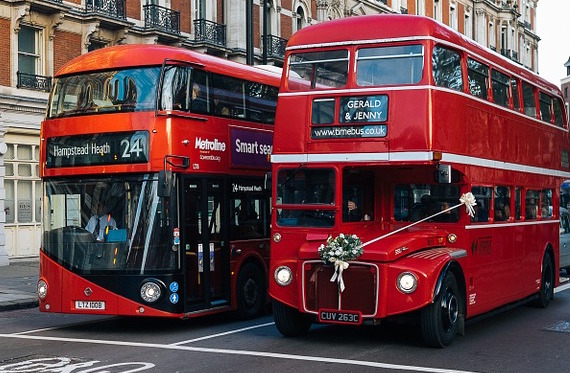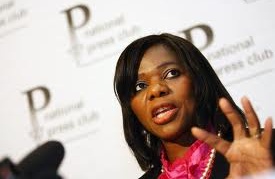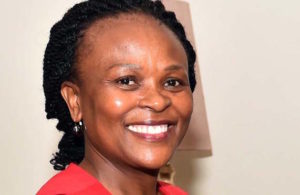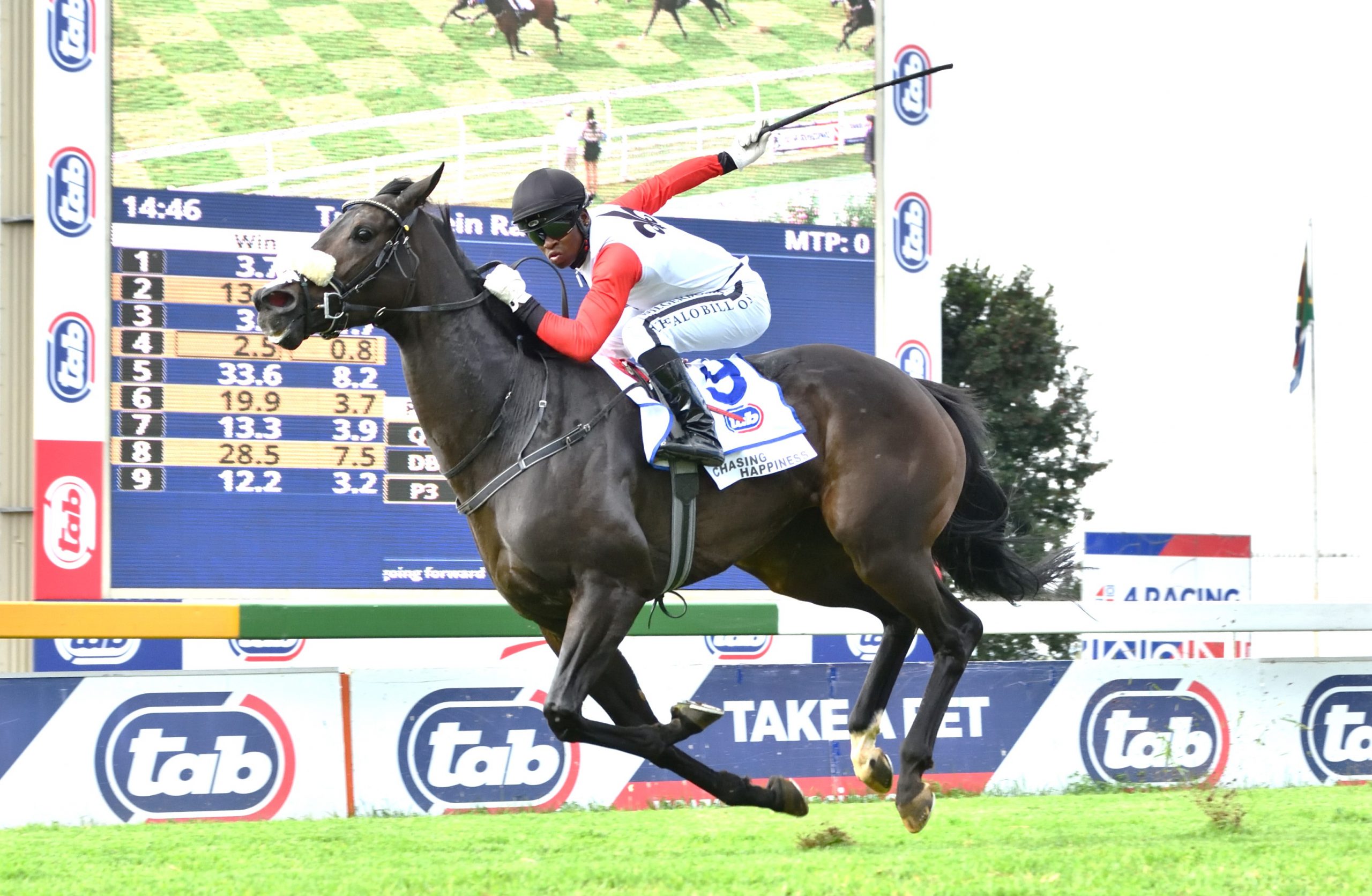If opportunities are a bit like buses, in that you can wait ages for one and then several show up at once, it seems seismic events on the racing landscape work the same way.
The Markus Jooste / Steinhoff implosion of December 2017 has raised questions about the exact implications of his investment and the extent of his involvement in horseracing, as seen in the Cosatu and PSA threats to horse racing ahead of the Met. Then came the news that Busisiwe Mkhwebane, who succeeded Thuli Madonsela as South Africa’s Public Protector, is launching a public enquiry into horse racing. While the exact date is still to be confirmed, the Public Protector’s office has started contacting a list of key individuals to assist with their fact finding process.
Background
In the roughly 65 countries that conduct horse racing, the sport has been run on a turf club basis for about 400 years. The South African racing industry dates back to the late 1700’s and was also established on a club basis. However, thanks to the advent of democracy, it was decided to change the local model in the mid 90’s.
Unpicking the process gets a little tricky, but essentially dates back to 1995. With the introduction of lottery and casinos in the new South Africa, it was decided that in line with other organisations at the time, horse racing needed to transform in order to sustain itself. To that end, in October 1995, the Highveld Racing Authority (HRA) formed a steering committee (comprising representatives of the various bodies which made up the horse racing industry in Gauteng) to form a plan for the future development of horse racing in the province.
In December 1995 Jabu Moleketi, the then MEC for Finance and Economic Affairs for the Gauteng Provincial Government, stated that he wanted the racing industry to be privatised by the end of 1996, with the aim of developing racing into a vehicle for transformation and empowerment.
In order to facilitate this, the Steering Committee appointed a Negotiation Committee, comprising Messrs A.S. Barnes, P.F. Jaeger, B.D. Mehl, O.H. Philpott, J.B. Walters and D.R. Wiid, which was tasked with conducting negotiations with the Gauteng Government.
This negotiation process culminated in a Memorandum Of Understanding (MOU) signed in 1997 between the provincial government and the three clubs that had run racing in the region (Turffontein, Newmarket and Gosforth Park). Party to this agreement was Jabu Moleketi (as representative of the Gauteng Government), and Brian Mehl, Peter Jaeger and Derrick Wiid, representing the three Gauteng race clubs.
Memorandum Of Understanding
In the MOU, the parties agreed to reorganise and restructure the racing industry, which entailed incorporating the assets of the Totalisator Agency Board (TAB), the Highveld Racing Authority and the existing clubs in the province into a single corporate entity.
This entity, which we know today as Phumelela, was to take over the management of the sport in the province and be listed on the JSE, with the shareholding to be split as follows: 30% to the Racing Trust, 22,5% to Black Economic Empowerment Groups, 20% to Strategic Investor Management, 2.5% to Employee Share Program, 15% to the General Public and 10% to the Racing Public. Phumelela Gaming and Leisure, was listed on the JSE in June 2002.
Additional Features
It is important to understand that while the MOU catapulted racing into a corporate structure, the intention was to develop racing into a vehicle for transformation and empowerment and to ensure the survival of the sport in an environment that had become fraught with the advent of legalised gambling.
To this end, the Thoroughbred Racing Trust (normally referred to as ‘The Trust’), was formed with the intention of holding at least 30% of the new company and, according to a circular issued by the Racing Clubs to members at the time, “which assets would be devoted to promoting the non-commercial interests of racing, with specific emphasis on black development and affirmative action.”
That circular, which was disseminated to members of all the affected clubs, also chronicled the establishment of the Racing Association to represent the traditional racing interests of club members and owners in Gauteng. It states that the Association was intended “to control the racing industry’s intellectual property, including broadcasting and television rights and through this safeguard the levels at which stakes are paid.”
In addition to gearing the intellectual property rights to safeguard stakes, the circular also stated that the Provincial Government would decide on the level of taxation to be imposed on the industry, but that it would be applied on an equitable basis consistent with other forms of gaming and furthermore, that the industry’s share of the 6% bookmakers levy would be increased to 50% to further assist its sustainability.
Phindi’s Complaint
The current process traces its origins back to January 2012, when Phindi Kema lodged an official complaint with the PP’s office regarding corporatisation, or more specifically, the transaction described above between the Gauteng Government and the Horse racing industry in the formation of what we know today as Phumelela.
Thuli Madonsela found a prima facie case of malpractice and improper conduct and launched a probe to establish whether the provincial government had ever had the authority to sell the horse racing properties and whether due process was followed in privatising the industry.
What Is The Fuss All About?
Of course, a lot of water has flowed under the bridge since 1997. A number of additional transactions have occurred, extending beyond the boundaries of Gauteng to include the Vaal, Bloemfontein, Flamingo Park, Arlington and Fairview, and allegedly without proper processes and necessary public participation.
There have been changes to the Trust Deed, somehow the ownership of racing’s intellectual property has transferred to Phumelela, the Black Empowerment owned portion of Phumelela has dropped alarmingly to 12% – its lowest ever level – and black participation in the sport remains extremely limited. In short, the majority of the objects it was tasked with achieving have been ignored and to date, transformation in the hands of the Trust has failed.
In addition, huge conflicts of interest have arisen which have seen Phumelela shareholders making decisions that impact the sport. The Trust has been subverted into a strategic organisation to push up value of Phumelela and used the Stakes Agreement to tip money back into the company.
In its quest for profits, the public company has placed itself in a position to earn substantial revenues which have ultimately arisen out of the sport and resulted in a situation whereby almost all parties are putting in and only a handful are taking out. Instead of bolstering the industry, the opposite has happened and as it is currently structured, racing is basically bankrupt.
Public Protector
In short, things seem to be in a bit of a mess and we are now being subjected to outside intervention.
We know that the previous Public Protector found a prima facie case of malpractice. We also know that the Gauteng Government approached Kema and the Public Protector in September 2015, conceding they would support the Public Protector’s recommendations to that effect. As an aside, despite being advised about the investigation as early as 2015, Phumelela have yet to issue a cautionary to the JSE to that effect and have continued to trade as normal. But hey ho.
The current Public Protector, Busisiwe Mkhwebane, took office in October 2016 and inherited the case from her predecessor. She now has to examine the original transaction and the legitimacy of the process that formed and capitalised Phumelela with public assets and industry revenues as well as considering the series of strategic decisions that followed and the effects those have had on the industry as a whole.
Those effects include issues such as the conflict of interest posed by SASCOC’s Gride investment (Pty) Ltd’s shareholding in Phumelela, the dissolution of the Horseracing Development Fund and transfer of funds into Phumelela, the grooms accommodation, the stakes agreement, the sale of racetracks, intellectual property rights and the case against the bookmakers, lack of development and transformation, bookmakers tax collections, and machinations on the Racing Trust. And probably a few others I haven’t thought of.
Enquiry
The issues are complex and multi-faceted and therefore the Public Protector is launching a public hearing where it can all be aired. Her office has contacted an extensive list of witnesses confirming their personal details so subpoenas can be issued to get them to shed light on the consequences of the Gauteng Provincial Government’s construction of the corporatisation of the industry, examine items that may demonstrate conflicts of interest and distortions that have led to bad decisions and ultimately to the decline that has cost the industry 85 000 jobs over the past 16 years.
The hearing will be conducted to ascertain who is responsible – is it only the Gauteng Government for failing to provide the necessary oversight and monitor transparency and accountability? Or is there truth to allegations that the process may have been derailed by corrosive elements within racing which redirected what should have gone to the sport to themselves instead?
Questions
A lot of questions are going to be raised about the conduct of various bodies and various individuals in racing over the past 16 years, but hopefully, once it has been ascertained how we got from there to here, the more important question can be addressed of what we do now?
While it is perhaps a pity that racing will need to suffer the ignominy of a public hearing in order to clean house, there seems to be a widespread agreement that change is necessary, albeit that there has been an equal reluctance for anyone to take the lead.
As one stakeholder put it rather succinctly, if the people who count can’t be counted on, perhaps this intervention is necessary to get racing to a place where it is more aligned with what was originally intended.
Hopefully, with the assistance from the Public Protector, the process will result in constructive remedial action, suggestions for a better dispensation for the Horse racing industry as a whole and one which is more workable and equitable for all.
They say opportunities often come couched as challenges. If so, like buses it seems we may just have a great big double decker bus on our doorstep. Perhaps, it is just the vehicle we need for change. All aboard?











